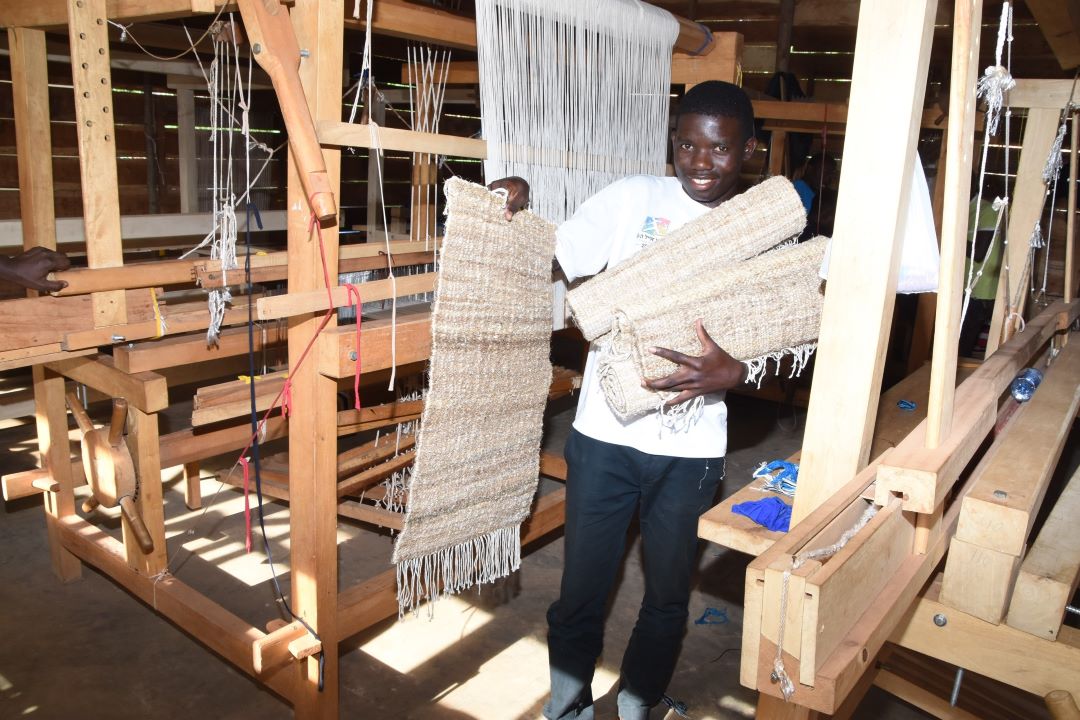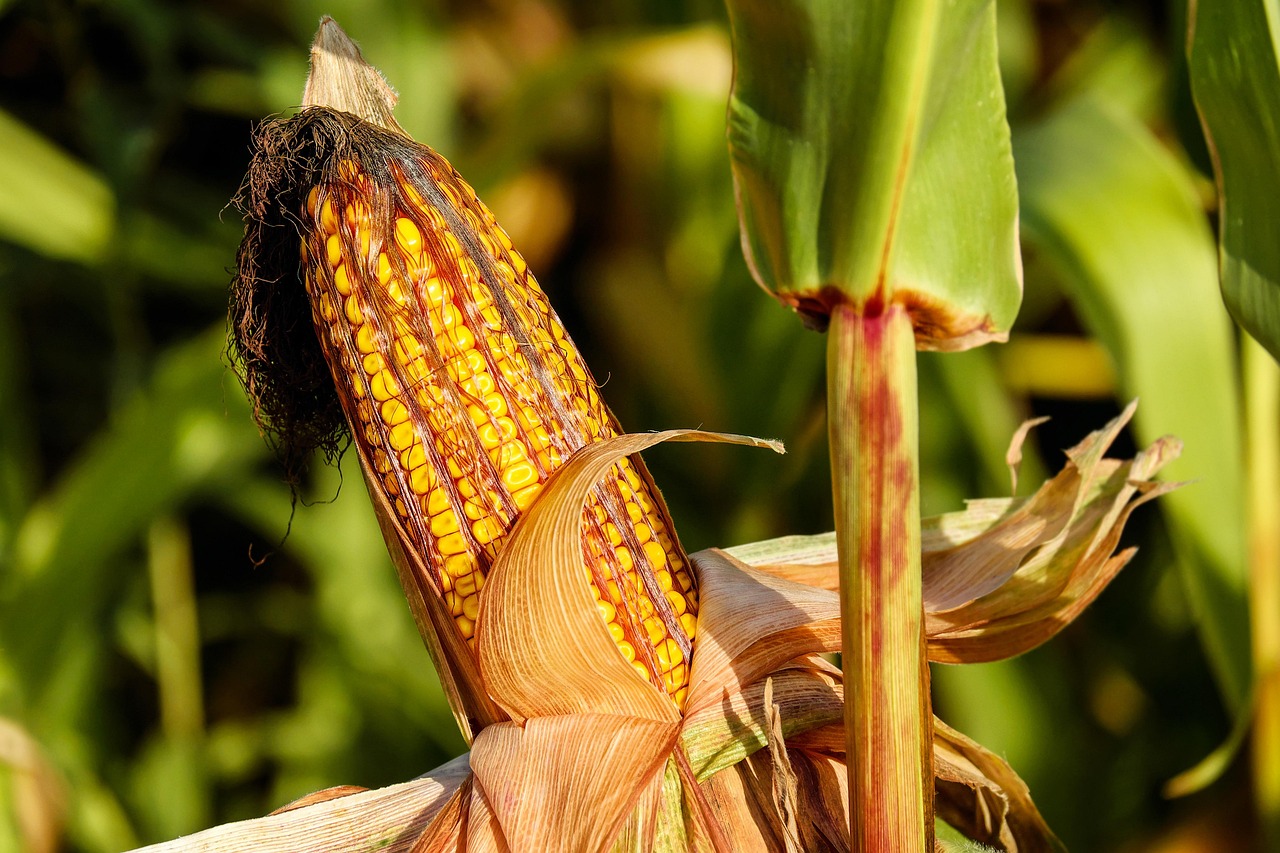The East African company knows how to use tons of banana waste, turn them into usable things. For example, Uganda-based TexFad employees make recycled carpets and other household products. It’s an ingenious idea to use agricultural waste that would otherwise end up in landfills.
Banana Industry Produces Millions of Tons of Agricultural Waste
The average inhabitant eats 11.6 kilograms of yellow fruit annually. According to the World Food and Agriculture Organization, 155 million tonnes of bananas were grown in 2018. However, banana cultivation is a particularly uneconomical form of agriculture compared to other fruit crops. The industry uses only 12% of the plant. The rest is waste ending in landfills.

The fruits of the banana tree species grown for export never grow new plants or fruits after harvest. Therefore, after the banana harvest, a lot of agricultural waste remains on the plantations: giant pseudo-stems, leaves, inflorescences, fruit stems, rhizomes, and skins. Most of these by-products can serve as a valued trade commodity. The Ugandan company TexFad has seized this potential.
Banana Waste Turned into Sustainable Products
TexFad in Uganda converts banana waste into ecological household needs. The main commodity is banana tree trunks. The company is turning this waste into fiber to make sustainable products such as rugs, baskets, and placemats. In fashion, TexFad offers biodegradable hair extensions.

TexFad founder Muturi Kimani said the company wanted to find ways to soften banana fibers to make clothing and paper products, such as banknotes. The plans seem realistic. It is only a matter of time before they find a suitable procedure.
Source: https://www.intelligentliving.co/banana-waste-into-carpets-textiles/
featured image: https://texfad.co.ug/gallery.php#gallery-16




